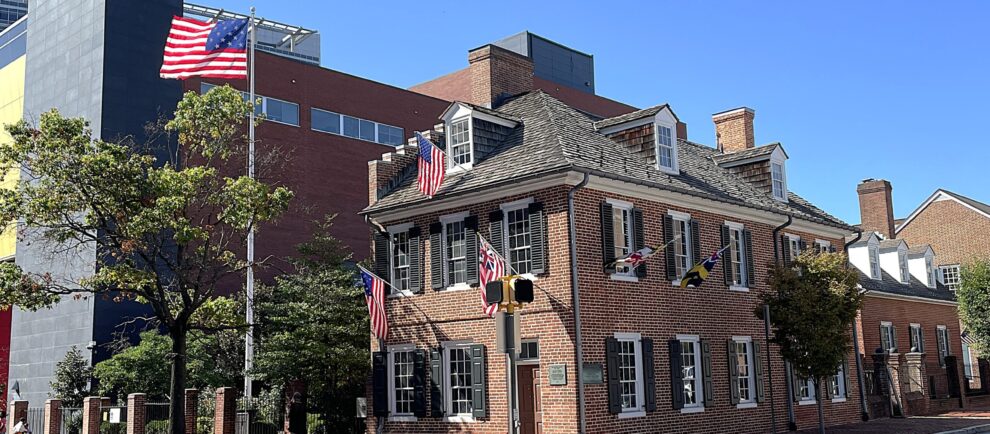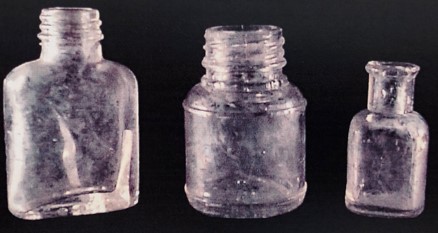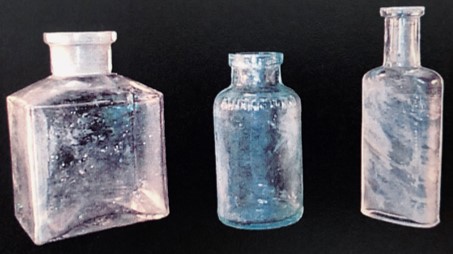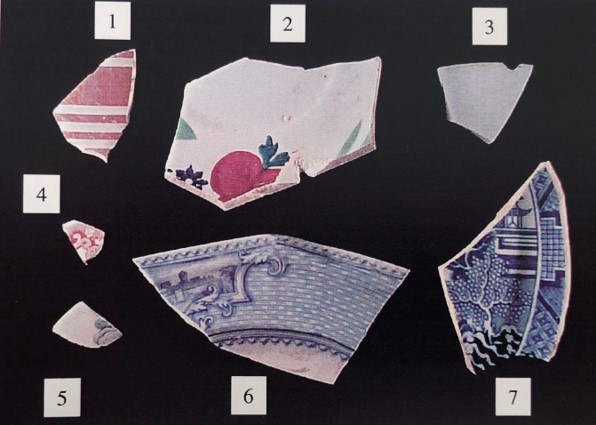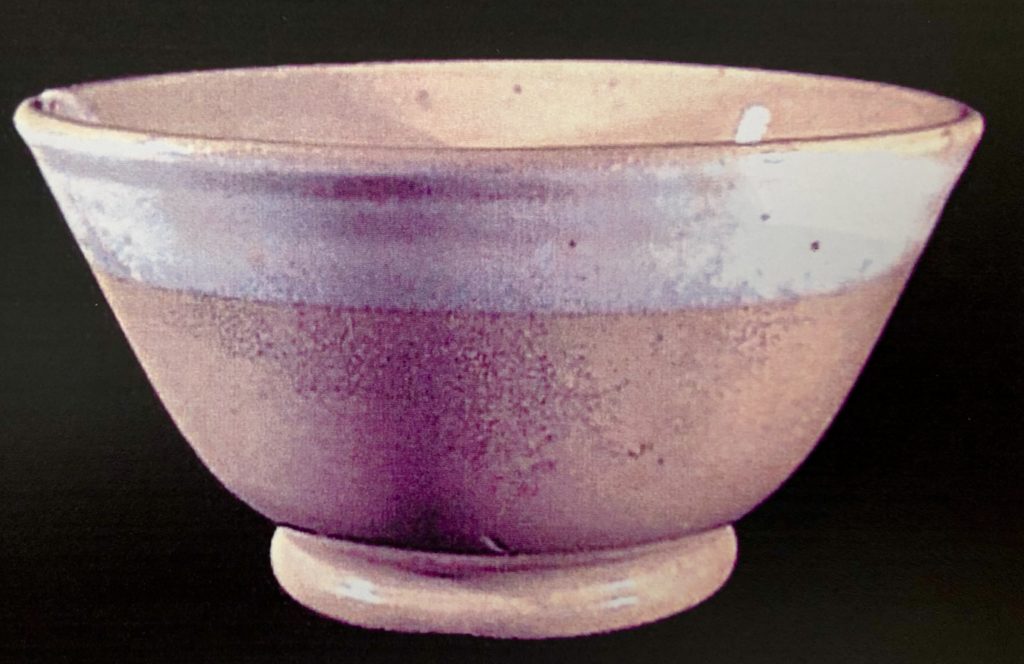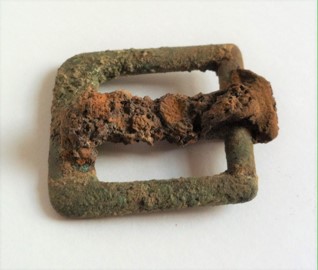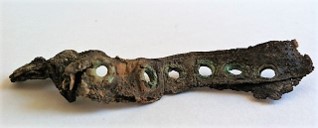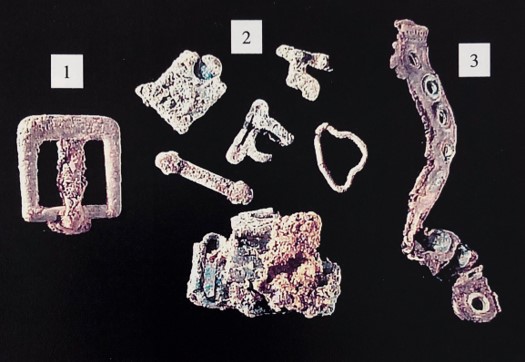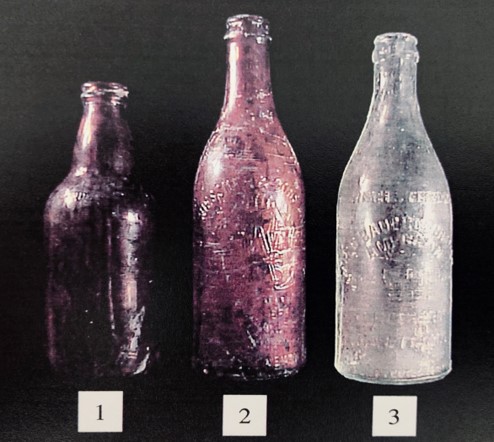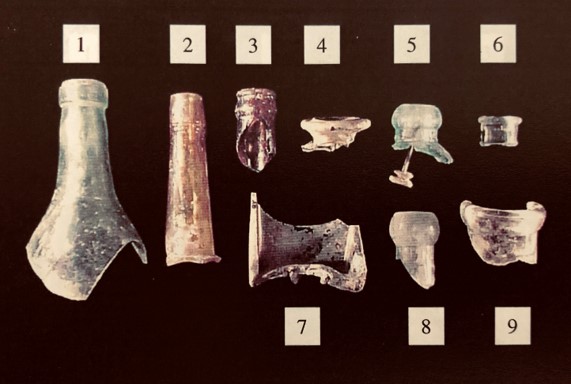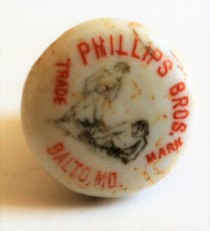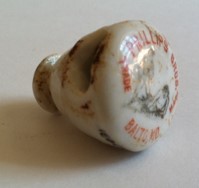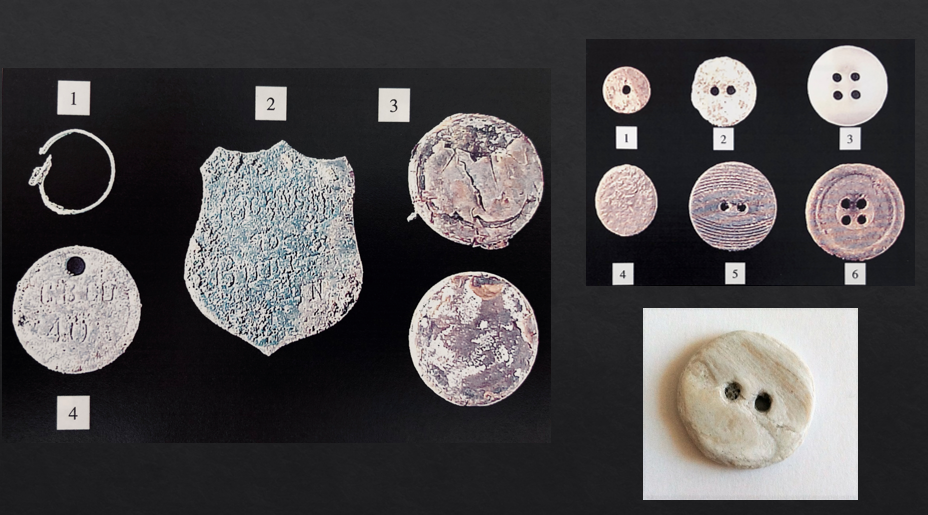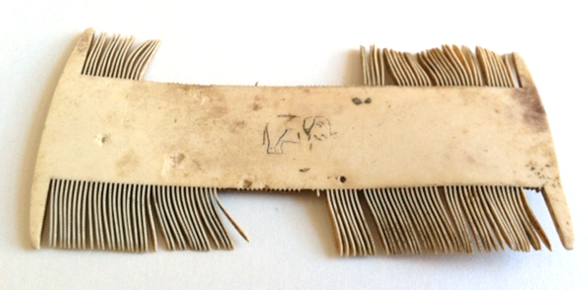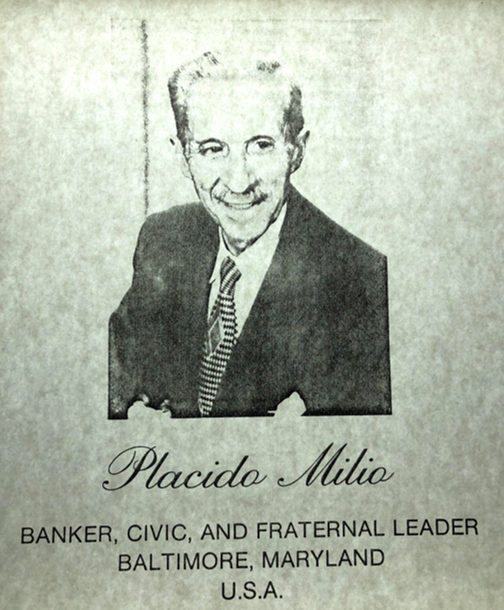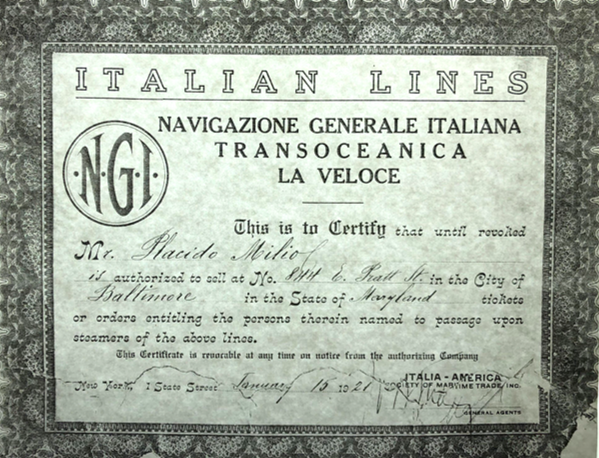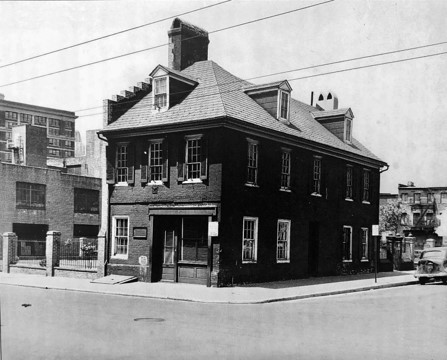The Baltimore Center for Urban Archaeology (BCUA) expected to find a high concentration of cultural material at the site of the beehive oven foundation and previously undisturbed privy, and indeed they did with over 15,000 items being uncovered.
The BCUA team identified at least five buried yard surfaces in the survey area. They dated to 1928 – 1953, with objects associated with the occupation of the Flag House by the Association, 1875 -1928, with objects related to various tenants & businesses, and three areas where artifacts dated from the prehistoric era through the mid-19th century. The yard surfaces that included the oven foundation and privy held nearly 8,000, including those items identified as being from the period of Mary Pickersgill’s occupation. The earliest features indicate that the beehive oven was constructed after 1799 but before 1807. No trace of the shed that first appeared in the 1894 drawing was uncovered.
Artifacts associated with the yard surface dating to 1928 – 1953 and the Flag House Association’s occupation of the Flag House yielded 2,994 artifacts, mostly architectural.

Digging foundation of the Maryland House, c. 1950.

The privy feature sourced artifacts associated with occupation by various tenants and businesses between 1875 -1928, 6,076 artifacts, to be exact. The privy was built about the same time as the house – c. 1792/1793 and was likely used until about 1910. Around 1909, homes were connected to public sewers with large portions of the city connected by 1914. During this time, the house was used as a dual dwelling and retail space
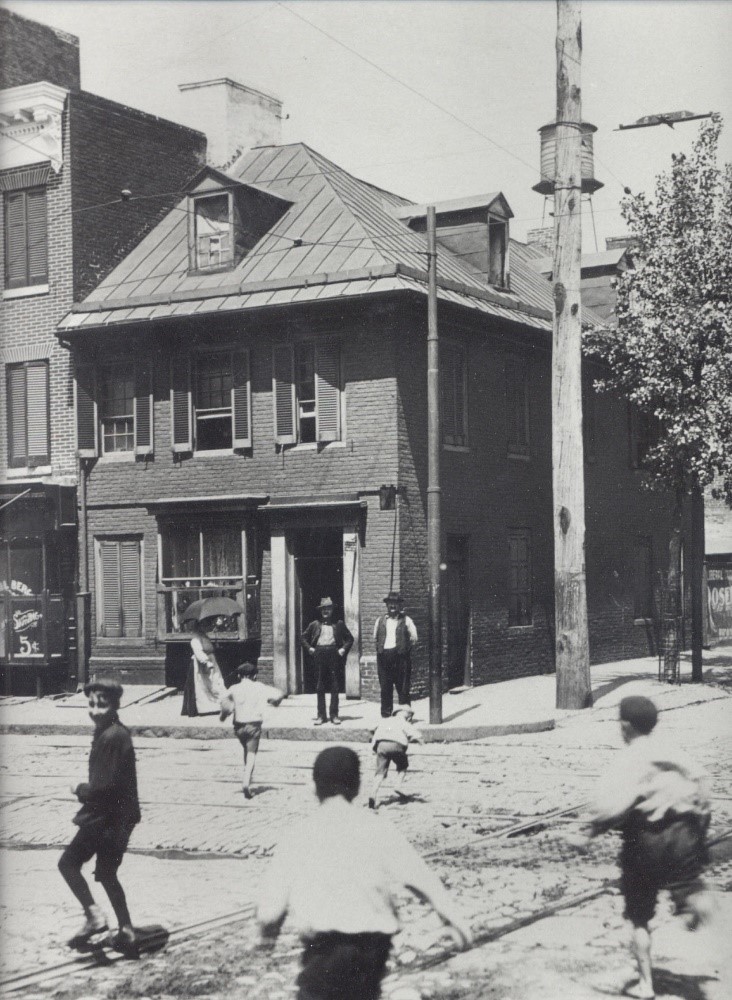
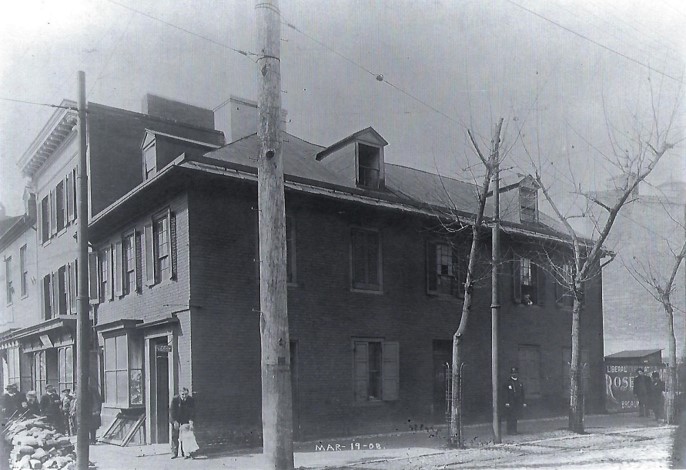
Flag House, 1908 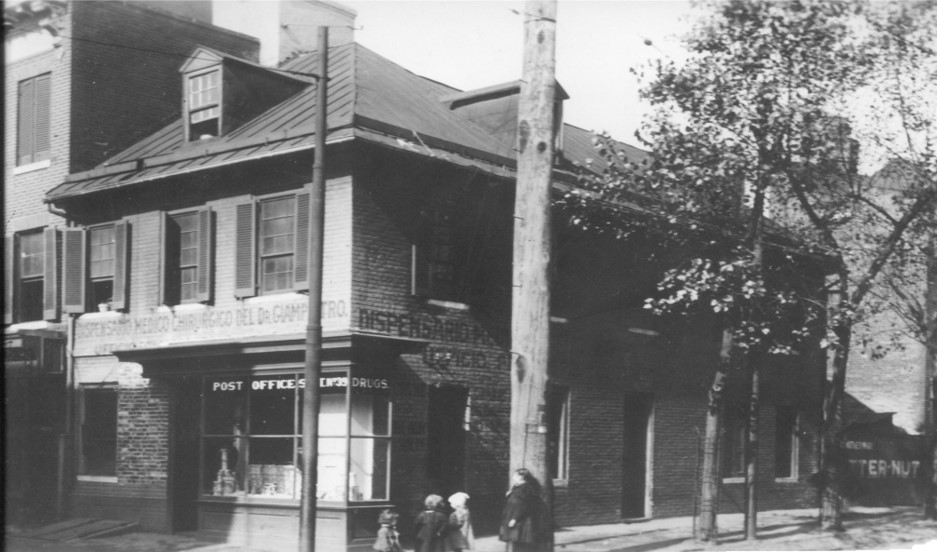
Flag House, 1910
Immigration to Baltimore increases beginning around 1878. The influx of Eastern European Jews and Italian immigrants is represented in shops and occupants of the Flag House. Cobbler Moritz Zimmerman was among the first to live and work in the Flag House. The Zaborovsky family, immigrants of Poland, occupied the living quarters on the second floor. Italian immigrant and last resident of the Flag House, Placido Milio operated a steamship ticket office, bank of Naples, and freight agency with Adams Express Company from 1910 to 1927.
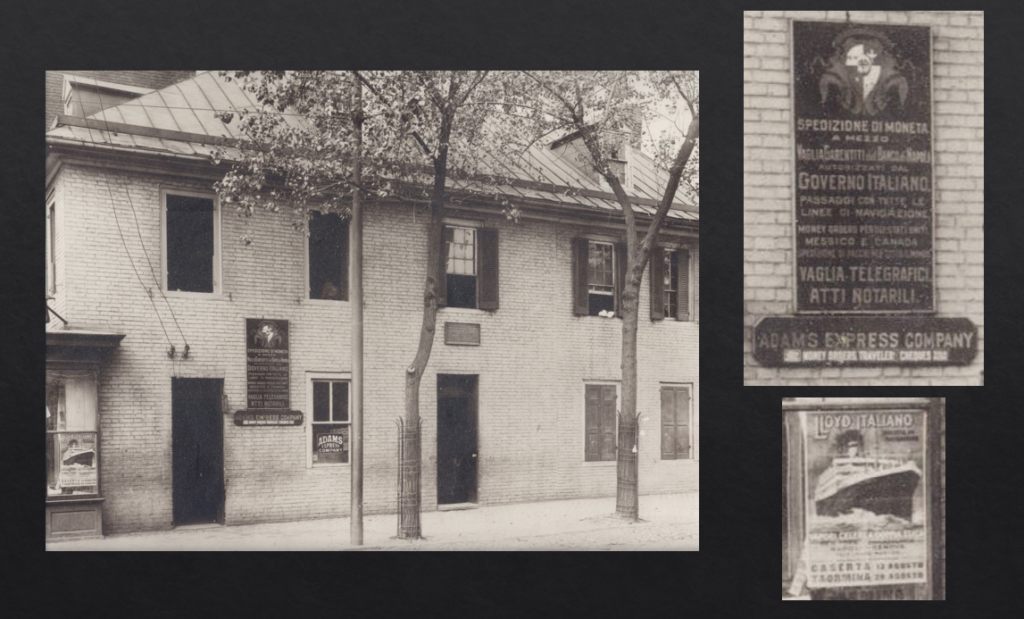
The 1875 -1928 yard feature yielded numerous objects associated with occupation by various tenants and businesses like these small bottles – evidence of the household supplies once kept by the general store and pharmacy that operated from the first floor of the Flag House.
Small bottles for baking, powders, liquids, square bottle, baking powder bottle, medicine bottle, and syringes
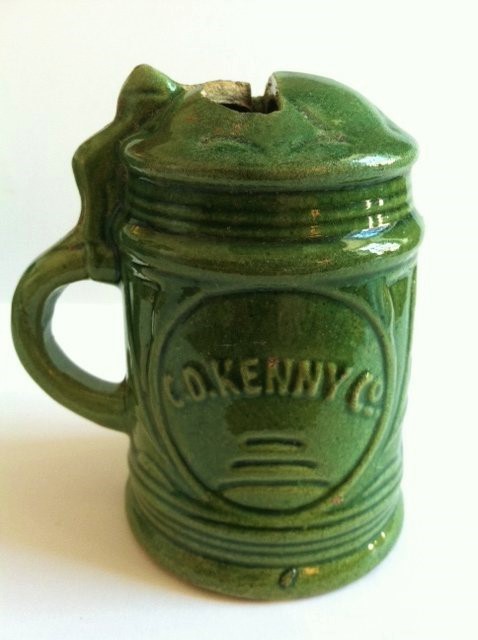
Green glaze, promotional penny bank in the shape of a tankard, C.D. Kenny Co. – Founded in Baltimore in 1872, opened a coffee, tea, and sugar store at Lexington and Greene Streets, later expanding to more retail stores in the region eventually closing the retail businesses by 1934 and moving to wholesale. This bank probably dates to the early 1900s. C.D. Kenny also happened to manufacture commemorative souvenirs for the 1914 Star-Spangled Banner Centennial.
Ceramic fragments representing both the utilitarian (yellowware bowl) and the decorative of ceramic objects used in daily life throughout the 19th century.
Fragments representing a variety of utilitarian and decorative ceramic objects. Tea bowl with hand-painted luster maple leaves. Small yellowware bowl.
Personal Artifacts – buckle, garter & suspender fragments, shoe fragment
Remains from beer, wine, and liquor bottles. The Flag House operated as a general and liquor store at various times throughout the late 19th century.
Adults and businesses were not the only ones to occupy the Flag House or the surrounding tenements and rowhomes. Numerous toys and artifacts indicative of the lives of 20th-century children were found.
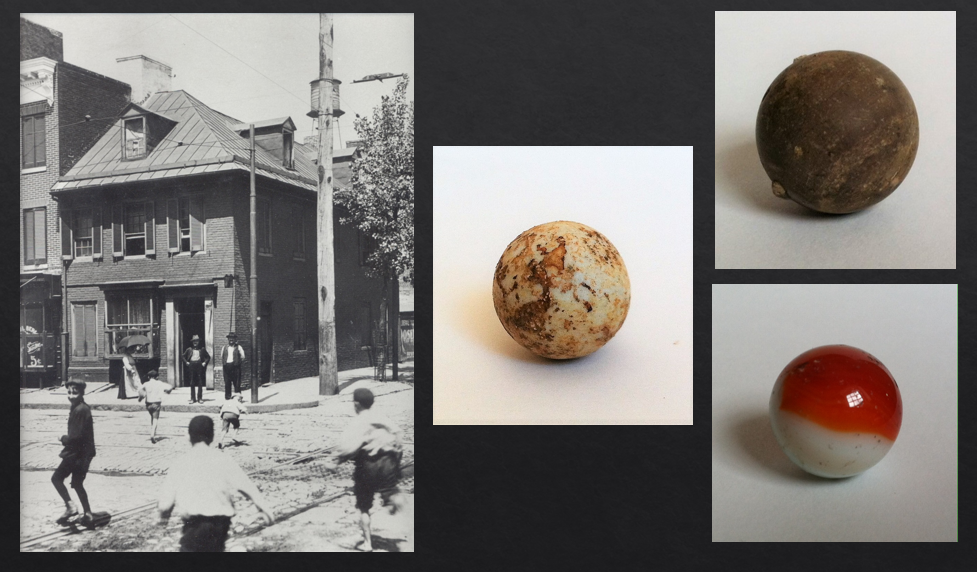
The 2001 Test Pits – Construction of the Hofmeister Building
The 2001 test pit survey sought to uncover any features and cultural material associated with the block of homes and businesses located behind the Flag House from Granby Street south to the Flag House and their yards and footprints that ran from Albemarle Street west to Slemmers Alley. Ground disturbance related to additions added the buildings located at 110, 112, 114, and 116 Albemarle Street between 1890 and 1901, had a significant effect on the study area.
Only 444 artifacts were uncovered from 9 features that included structural features, two brick-lined privies, one wooden lined privy, brick walls, and one stone wall.

Looking south on Albemarle Street toward Flag House, 1940’s
The detail of the 1890 Sanborn Map of Baltimore shows the Flag House outlined in red and the site of the 2001 archaeology survey. Feature I contained two brick-lined privies that first appear on the 1890 Sanborn map and yielded 222 of the 444 artifacts.

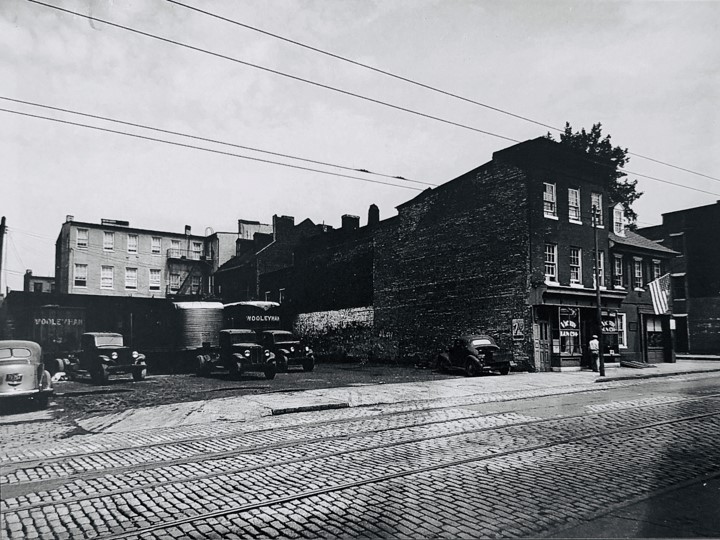
The majority of artifacts contained in the test pits were household items and dietary remains in the backyards and privies associated with the dwellings within 110 to 118 Albemarle Street. Feature III was the site of a wood-lined privy that did not appear on any maps and had a dense concentration of artifacts including, architectural, faunal, kitchen, and toys.
It is unclear when these privies were taken out of use – features I and III were not filled until sometime in the first quarter of the 20th century, and feature II only had construction debris like ash, mortar, brick, and window glass. Based on the 1890 map, features I and III (the two brick-lined privies and wooden lined privy) appear to be associated with 112 and 114 Albemarle Street.
There was no privy identified for 110 Albemarle. It is likely under the modern sidewalk or masonry fence. Prehistoric artifacts were likely transported to the area via fill.

Blue and white hand-painted – plate or saucer
Detail of #3 blue and white fragment
Mustard pot lid, mustard knife, blue and white plate rim fragments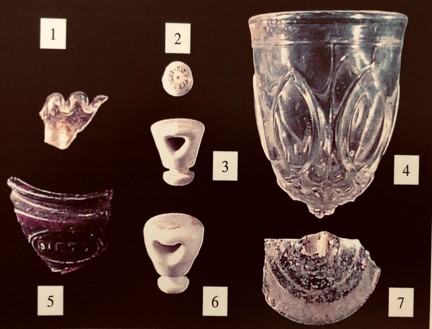
1.Lamp chimney
2.Bottle stoppers
3.Lantern fragment
4.Wine glass bowl
5.Wine glass base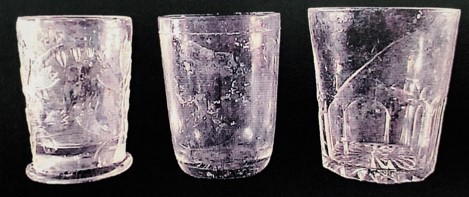
Various glass drinking tumblers 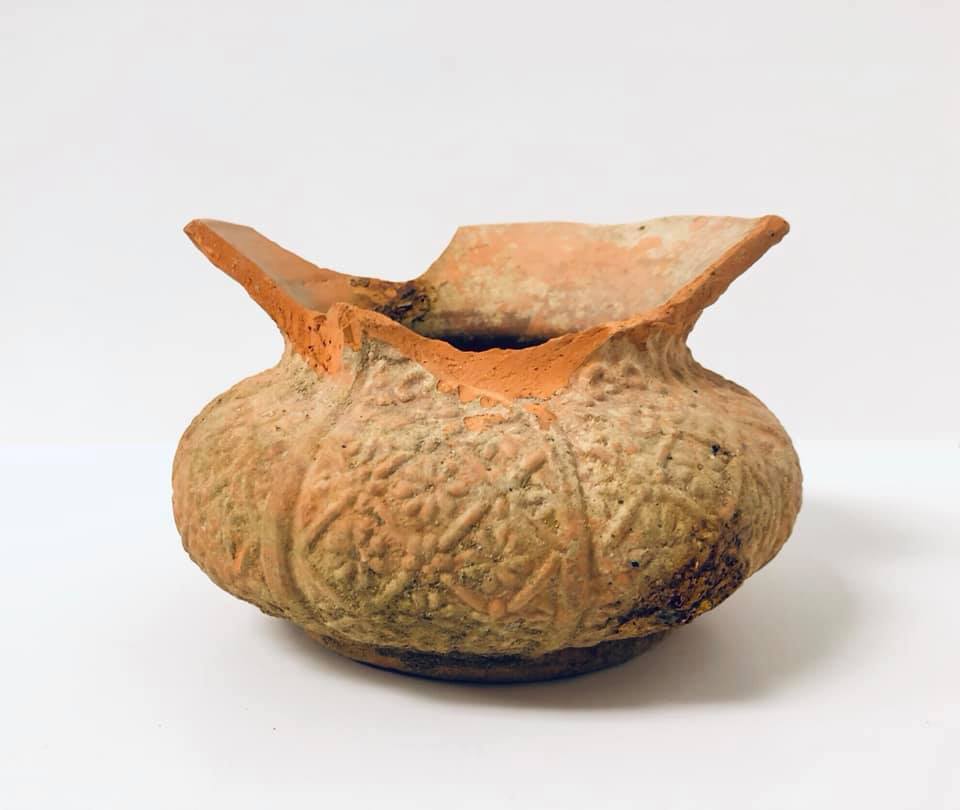
Terracotta spitoon 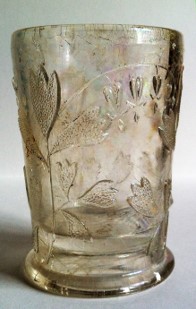
Tumbler with Bleeding Heart plant pattern
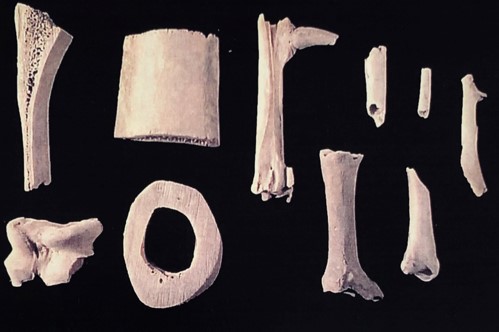
Various bone fragments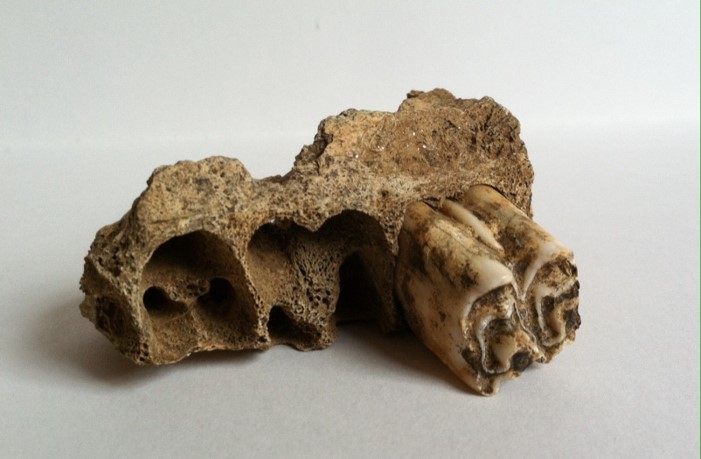
Bovine jaw bone with intact tooth
Fish bone fragments 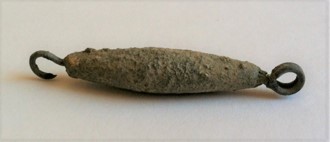
Fishing weight
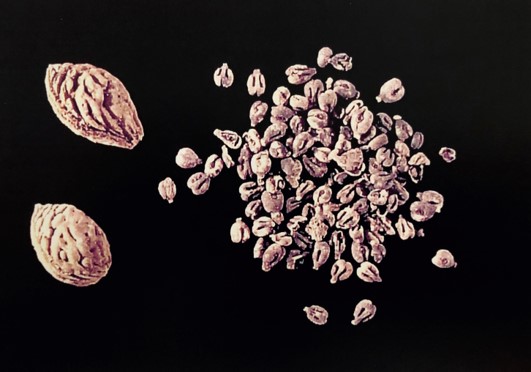
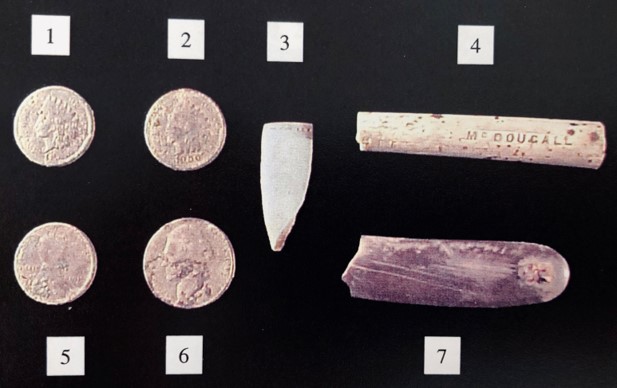
1. Indian head penny, 1868
2. Indian head penny, 1900
3. tobacco pipe bowl
4. tobacco pipe stem
5. 1919 penny
6. 1943 nickel
7. Bakelite handle
8. 1868 Indian head penny detail
9. Lincoln head penny, 1919 detail front and back
What questions did the findings of both surveys answer? How does the Flag House answer existing questions and mysteries about the life of Mary Pickersgill and the women who lived in the Flag House and worked alongside her? How do these findings shape the ways in which the Flag House interprets and shares the stories of the diverse lives of its occupants?
Objects that belonged to Mary in the Flag House Collection and artifacts uncovered during archaeology seem to indicate that Mary was a lady of refined taste, despite her socio-economic role as a widow who never remarried. All speak to Mary’s position in the culture of her time and indicate a genteel middle-class station in society. The lack of tobacco pipe stems and bowls, also speaks to the household being mostly female for more than a decade (1807-1818).
As with objects that date to Mary Pickersgill’s occupation of the Flag House, artifacts from both surveys informed the ways in which we interpret the Flag House as part of the diversity brought to Jonestown by immigrants in the late 19th and early 20th centuries. For much of the Flag House’s history, tours and interpretation, of course, focused on the birth of Star-Spangled Banner. However, the role the house played as a community resource is closely tied with the mission of the Museum today.
There was a wealth of artifacts related to the Milio family, which allow us to interpret themes in Maryland history connected to the social, educational, cultural, and economic experiences of Italian immigrants in the late 19th and early 20th centuries.
Placido Milio, born in Italy on
October 30, 1878, died January 26, 1967, aged 88. Certificate to approve the sale of steamship tickets through Italian Lines.
What’s next for the Flag House and it’s once buried treasure?
Developing hands-on programming related to the artifacts gave us the opportunity to capitalize on our educational collection and connect more people with the story of Mary Pickersgill and of the Flag House. Programs teach students to handle and research primary sources and replica artifacts to experience life in a time far different from their own.
We continue to ask questions that we hope can be answered through researching these artifacts. As noted in the 1998 survey report, the faunal remains found in the beehive oven foundation need further analysis and could reveal a great deal about the diets of generations of Flag House occupants.
In 2020 and 2021, the Flag House will undergo a reimagining of its interpretive plan to include more about the immigrant experience, women’s history, and the history of enslaved persons in urban households, as well as, Mary’s free African American apprentice Grace Wisher.
The Museum will increase public and research access to its collection of artifacts through an ongoing digitization project.
By 2020, the Flag House will complete a third archaeological survey of a high potential area and possible privy beneath the brick walkway that is currently obstructed by the wheelchair ramp for the Maryland House building. This survey will be part of the restoration of the 1930s era brick and iron wall along Albemarle Street. Any cultural material found during this survey will join the Flag House Baltimore Center for Urban Archaeology collection of artifacts and be used to conduct further research about the diverse individuals who occupied the Flag House.
This series has been adapted from a presentation developed for the Flag House by Executive Director Amanda Shores Davis and given to the Friends of Clifton Mansion, September 2019.
